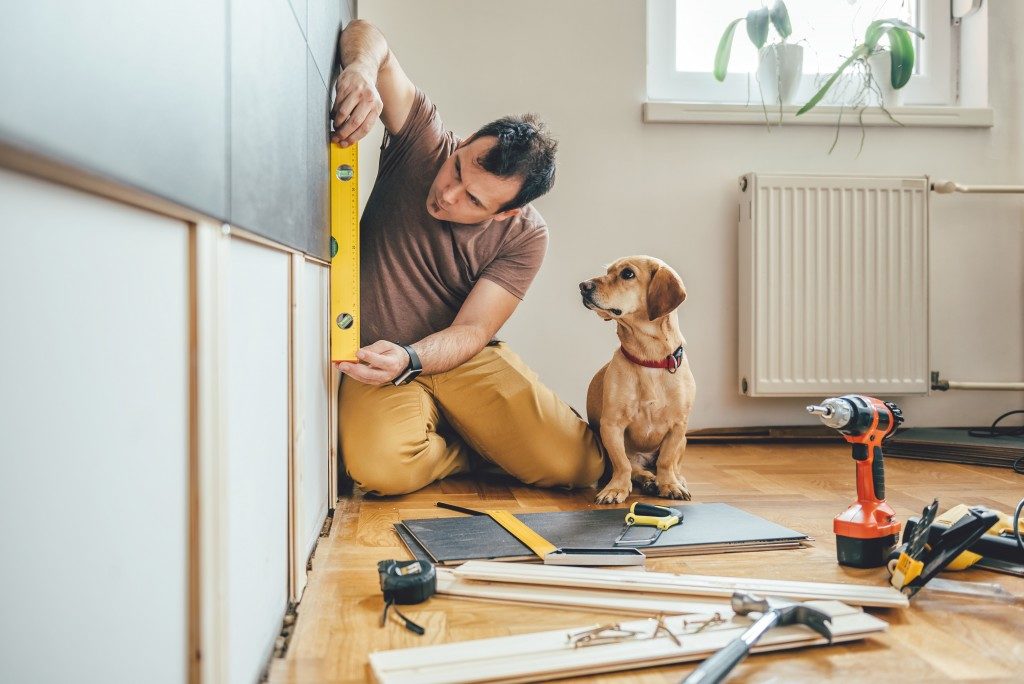The colder winter months can take a drastic toll on your home if you are unprepared. It may cause the temperature to drop, the energy bills to skyrocket, or make the inside of your home feel cold and uncomfortable. When the temperature drops, it is important to ensure that your house is well-insulated, warm, and comfortable. Here are some simple updates that you can make to winterize your home and keep it cozy during the cold season.
Insulate Your Roof
A well-insulated roof can help prevent energy loss, reduce heating bills, and keep your home warm in the winter. You can install additional insulation in your attic or spray foam to seal any air leaks around windows and doors. Some of the most efficient insulated roofing systems are the following:
Insulated Shingles
Shingles are the most common type of roofing material. They measure the heat transfer through your roof and come in different insulation levels, such as R-values ranging from 20 to 30. These are ideal for areas with a lot of direct sunlight and help keep your home warm in winter.
Insulated Metal Roofs
Metal roofs are known for their energy efficiency and durability. They are made of multiple metal layers, which helps create a strong barrier against heat transfer. Ideal for extreme climates, metal roofs can help maintain a comfortable temperature inside your home and reduce energy bills during winter.
Insulated Concrete Tiles
These are the perfect solution for keeping your home warm during winter. Built to resist moisture, air infiltration, and heat transfer, these tiles offer superior insulation properties, helping to keep your home comfortable year-round. Concrete tiles are made up of a mixture of concrete and foam insulation, which creates an incredibly strong and effective barrier against heat transfer.
Insulated Ceramic Tiles
Ideal for low roof pitch areas, ceramic tiles are a great way to insulate your home while also providing an aesthetic appeal. Aside from keeping your home warm during colder weather, ceramic tiles are also resistant to moisture, fire, and rot. They come in various colors and textures, making them the perfect choice for any home design project.
Install a Programmable Thermostat
Installing a programmable thermostat is one of the most effective ways to keep your home warm during winter. This is because it allows you to set the temperature at different times during the day, which helps you save on energy bills. You can also program it to lower the temperature when you’re not home and raise it again when you return.
Programmable thermostats provide great versatility, allowing you to adjust the temperature when you’re home and away. You can even connect some models to your phone or other devices to control it remotely. This is especially beneficial if you’re out of town for an extended time and don’t want your home to get too cold.

Install Storm Doors and Windows
Storm doors and windows are designed to fit snugly over existing windows and doors, creating a barrier that can help keep warm air inside and the cold air outside. They also come with multiple layers of insulation, which helps to reduce heat transfer and provide an added layer of protection against the cold. These are also easy to install; you only need a few simple tools, such as a drill and screwdriver.
Seal Your Ductwork
Another important step is sealing the ductwork in your home. Leaks in ductwork can cause up to 30% of energy loss in some homes, so inspect it thoroughly before winter arrives and repair any cracks or holes you may find. Additionally, having an HVAC technician come out every year to check all the components of your system can help ensure everything is running correctly and efficiently all season long.
Upgrade Your Heating System
If you have an older furnace or boiler system that isn’t working quite as efficiently anymore, consider upgrading it before winter hits full force! Newer models are much more efficient than old ones, meaning they use less energy while still providing enough heat for a comfortable living environment. This is because they contain variable speed blowers, modulating gas valves, and even high-efficiency filters that act as barriers for larger particles and help improve air quality.
Winterizing your home is essential to keep it warm and comfortable during the cold season. Taking care of minor maintenance tasks before winter can save you time and money in the long run by helping prevent more serious problems from occurring down the line. With just a few simple upgrades, you can ensure that you and your family stay safe and warm this winter!


